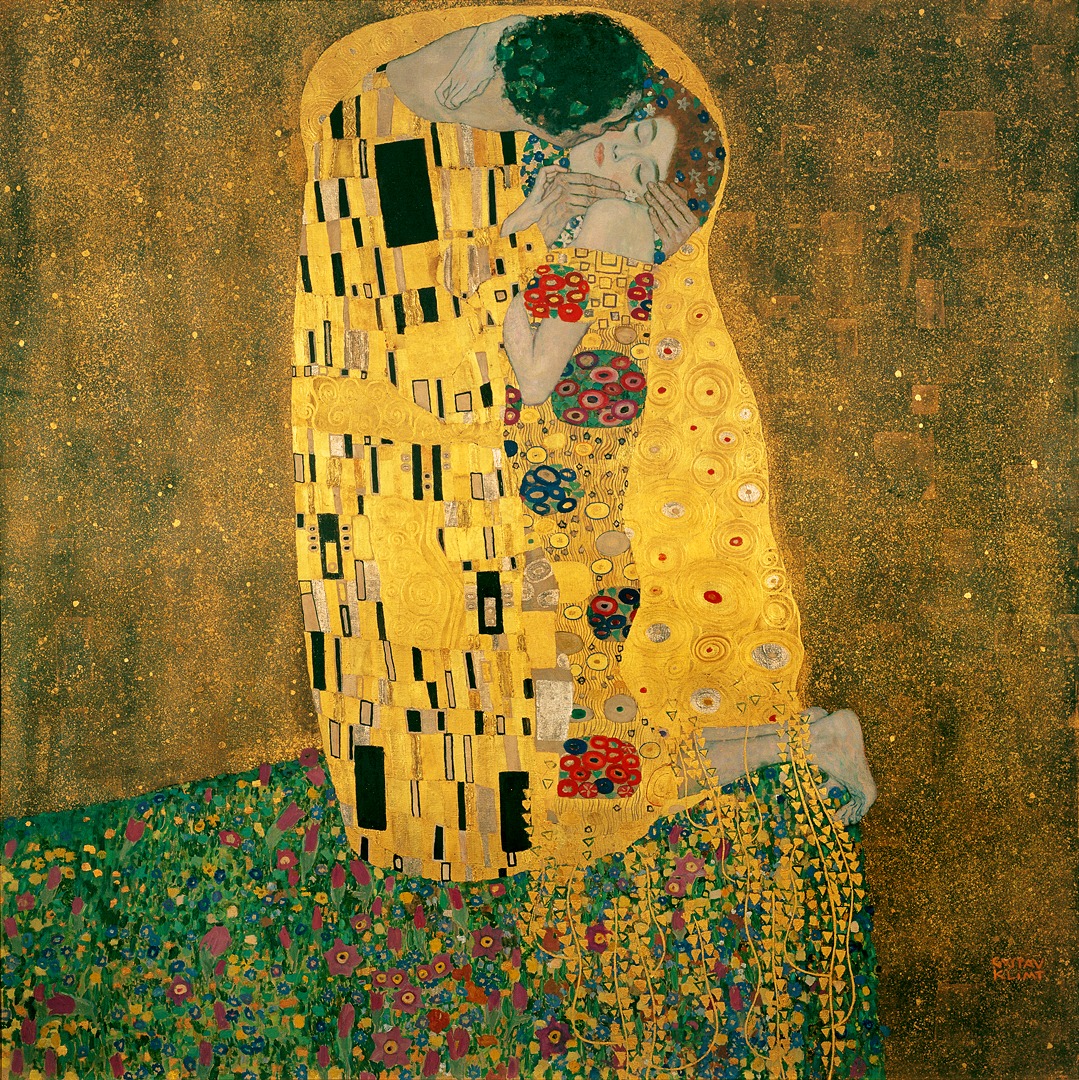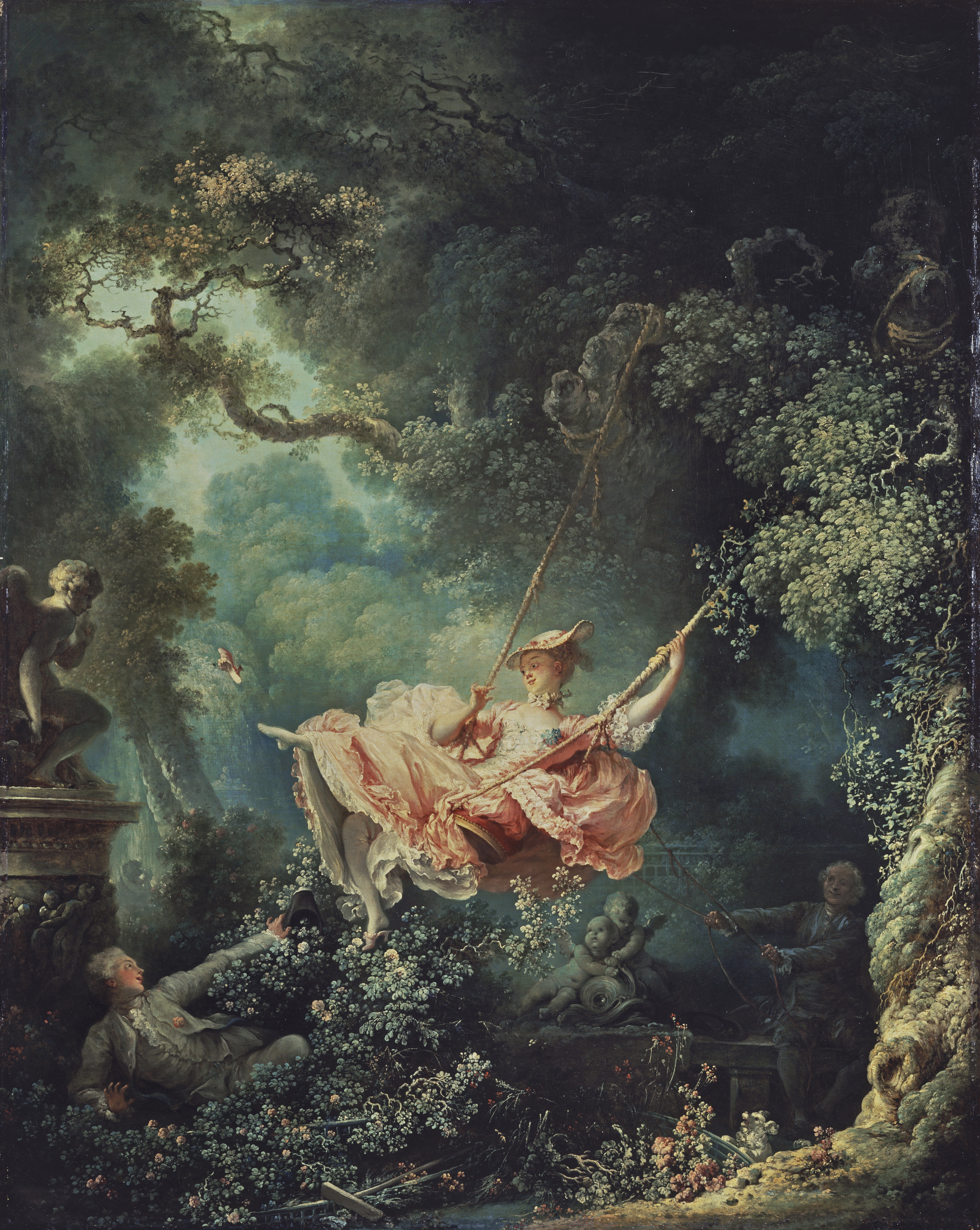 A Colloquium Presentation, Friday, September 26, 2008
A Colloquium Presentation, Friday, September 26, 2008What is Popular Romance Fiction?

Harlequins? Formula Fiction? Beach Reads?
How would you complete the following sentences?
a romance novel is...
a romance novel contains...
a romance plot is...
The Kiss, Gustav Klimt, 1907-1908
courtesy of wikipedia
The Romance Writers of America defines romance fiction as a work of fiction "with a central love story and an emotionally satisfying and optimistic ending." Popular romance novelist Jenny Crusie chronicles the arduous journey to develop this single sentence.
In her highly acclaimed critical book A Natural History of the Romance Novel, scholar Pamela Regis defines a romance novel as "a work of prose fiction that tells the story of the courtship and betrothal of one or more heroines" (22). She helpfully outlines the "eight essential elements" of romance fiction:
1. Defined Society

2. First Meeting
3. The Barrier
4. Attraction
5. Declaration of Feelings
6. Point of Ritual Death
7. Recognition of Beloved
8. Betrothal
Romance fiction can be further categorized by format and sub-genre. There are two main formats: Category and Single Title. As for sub-genre, one only need look in your local romance-friendly bookstore or at eHarlequin.com to see a great diversity in romance fiction.
The Swing, Jean-Honoré Fragonard, 1767, courtesy of wikipedia
Romance fiction is immensely popular, as these statistics from the RWA illustrate. Crusie, who abdicated a PhD in English to write smart, sassy romance fiction, explains the appeal of this genre.
Serious critical reception of popular romance fiction has been virtually non-existent. Janice Radway's groundbreaking ethnographic study of a small group of romance readers, published in 1979, brought critical attention to the genre. However, much of the criticism, including Radway's, operated under us/them and high/low culture dichotomies that served to only "damn with faint praise" these contemporary works. Much of the criticism leveled at romance novels echoed earlier sentiments about women's fiction: it was dangerous because it was seen as escapist and about frivolous topics. Echoes of Nathaniel Hawthorne's derision of 19th century women authors as "the damned mob of scribbling women" can be heard in early romance criticism, not to mention early criticism of the novel genre itself back in the 18th century.
Since the late 1990s, a new generation of romance critics has attempted to approach romance fiction as a legitimate genre deserving serious consideration and criticism. Regis links popular romance fiction to a much larger tradition of romance writing, stretching back into the earliest of times. However, many scholars use Jane Austen as a clear point of connection for the familiar romance plot. I have argues for 18th century author Eliza Haywood as another early mother of the genre--her plots and characters and intrigues are more openly subversive and decidedly sexual in nature.
Romance novelists themselves are actively writing criticism on the genre; Crusie is one such author who bridges the gap between creative writing and criticism. And, various blogs and listservs and professional organizations serve to bring this genre the kind of attention it deserves.
For savvy readers looking for reviews and book suggestions, check out these popular blogs:
Where does my research fit into this? I usually study chick lit, considered by some romance scholars as a sub-genre and by others as a separate genre. And, I write chick lit too! I'll speak more about both of these in the presentation itself...
No comments:
Post a Comment